The Legend of Zelda: Skyward Sword on Switch exists in an odd space. Before Nintendo started freely experimenting as they did with Link Between Worlds and abandoned the formula entirely for Breath of the Wild‘s open world, there was Link and Zelda’s origin story.
No amount of remastering can smooth out the remnants of the motion-control era, true, but don’t let some gimmicks and stiff design turn you away. Skyward Sword on Switch is a heartfelt, memorable adventure with some of the best music and storytelling in the entire series.
It deserves its place among the lofty ranks of “the best Zelda games.”
The Legend of Zelda Skyward Sword Switch Review: Flying High
Skyward Sword opens with a short tableau of Link and Zelda surrounded by friends and living quiet lives. It’s a common enough scenario for the series since Ocarina of Time first did it, but Skyward does something different that sets the rest of the game apart: Link and Zelda actually belong here.
Whether it was Link in Kokiri Forest or Tetra surrounded by jolly pirates, past Zelda games always made sure they both stand out from their peers and never quite fit in. There’s no room for doubt in Skyward Sword that Link and Zelda are both chosen ones destined for great things, since the game makes sure to tell you at several points.
Unlike most previous games, they’re plucked out of their homes and shoved into destinies they never asked for.
It gradually becomes clear as the game progresses that, even if they save the world, Zelda and Link won’t fit into their old lives and homes like they used to. It’s a fitting way to frame the series’ origin story and give it a unique atmosphere, one made possible by Skyward Sword’s bigger emphasis on events that happen to these characters instead of events just happening around them.
It’s also one of the most cinematic games in the Zelda series, with more cutscenes and dialogue than pretty much every other game in the franchise.
Of course, most of this development is unspoken, and Skyward Sword is far from being a melancholy game — quite the opposite. It’s absolutely bursting with character and life, especially in Skyloft itself.
Skyloft is one of the series’ best hub areas. Breath of the Wild’s towns are more expansive, and Clock Town in Majora’s Mask is a living puzzle full of secrets, but Skyloft feels alive. There are plenty of mysteries and side content to uncover as you move forward in the game, and it’s impressive how much there is to do in such a small place.
The size also gives Skyward Sword an edge over its open-world sibling. Despite the tinge of melancholy in the story, Skyloft ultimately feels cozy. Finding a hidden quest or item feels more like you stumbled on something secret in your hometown, and finishing the game’s quests actually feels possible to do in a reasonable amount of time thanks to the smaller map.
The cast of characters might be smaller as well, but Fledge, Groose, and some of the other eccentrics who live here end up being much more memorable than most NPCs.
Skyward Sword’s quality of life changes make it easier than ever to enjoy all this — mostly. Fi no longer pops out every five seconds with unwanted advice, and it improves the game’s flow significantly.
I never had a problem with motion controls in the Wii version, and the Joy-Con motion controls work just fine. Adding button-and-stick controls in place of them is so much more convenient that I found myself rarely using motion, though.
Skyward Sword is brilliant when it’s good, which makes the less-than-great parts all the more disappointing.
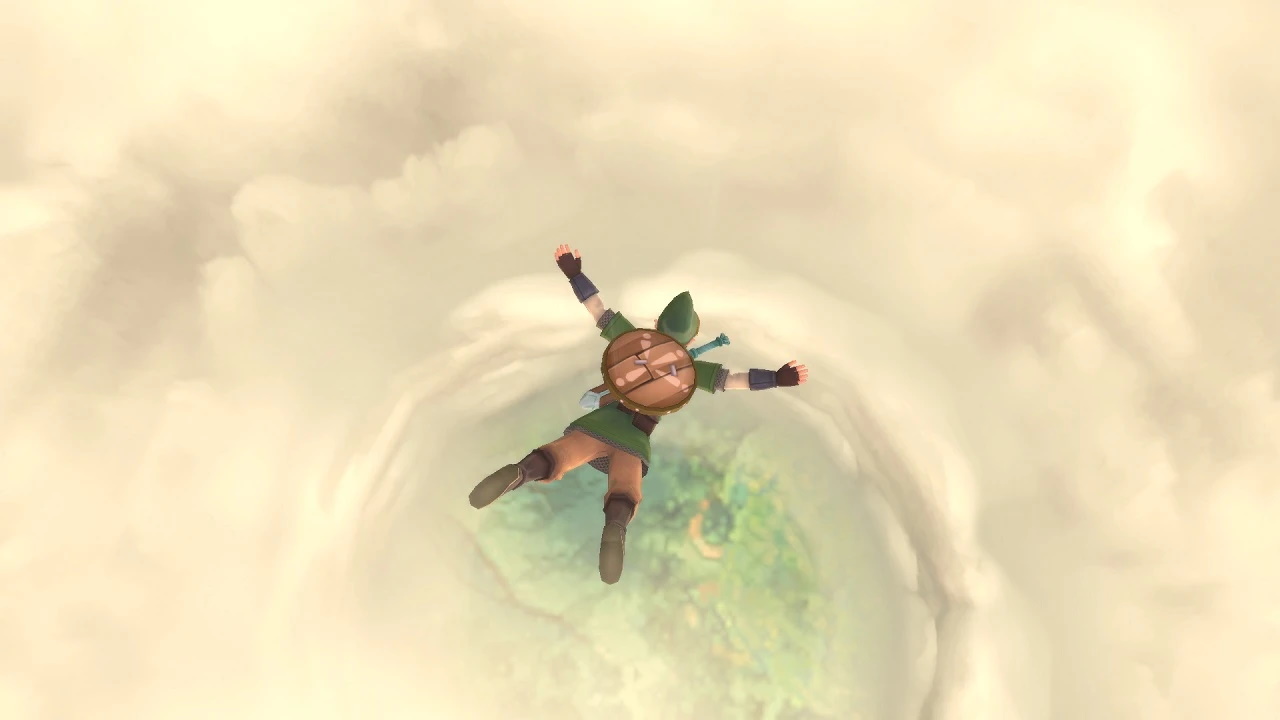
The game had repetition issues when it first released, and since they’re baked into the main quests, they naturally remain unchanged. The Silent Realm is annoying as ever, but it’s the more dated aspects that clip Skyward Sword’s wings.
For one thing, the skies around Skyloft are a lackluster version of Wind Waker’s Great Sea. Sailing the oceans and uncovering hidden treasures or secret mini-dungeons is fun.
Flying across open sky with nothing around you just to reach a map marker and open a box is not. Maybe Nintendo wanted to streamline Zelda for the Wii’s more casual audience, but taking points of interest away is probably not the best choice for doing it.
Dowsing adds very little to the game, other than using motion controls to find things, and some tools seem to exist just because they had to. It’s like an unspoken understanding between you and the developers: they know it added nothing to the experience and you know it too, but the buzz around Wii hardware meant it had to happen.
A few other areas show their age, but in ways that are often more interesting in a post-BOTW world.
Take enemies, for example. Their behavior leaves much to be desired after Breath of the Wild’s vicious Wizzrobes and swarming Lizalfos. However, the potential for something interesting is still there.
Unlike BOTW’s Moblin mobs, Skyward Sword’s foes make you think about how to approach them and quickly adapt your strategy as they adjust their defenses.
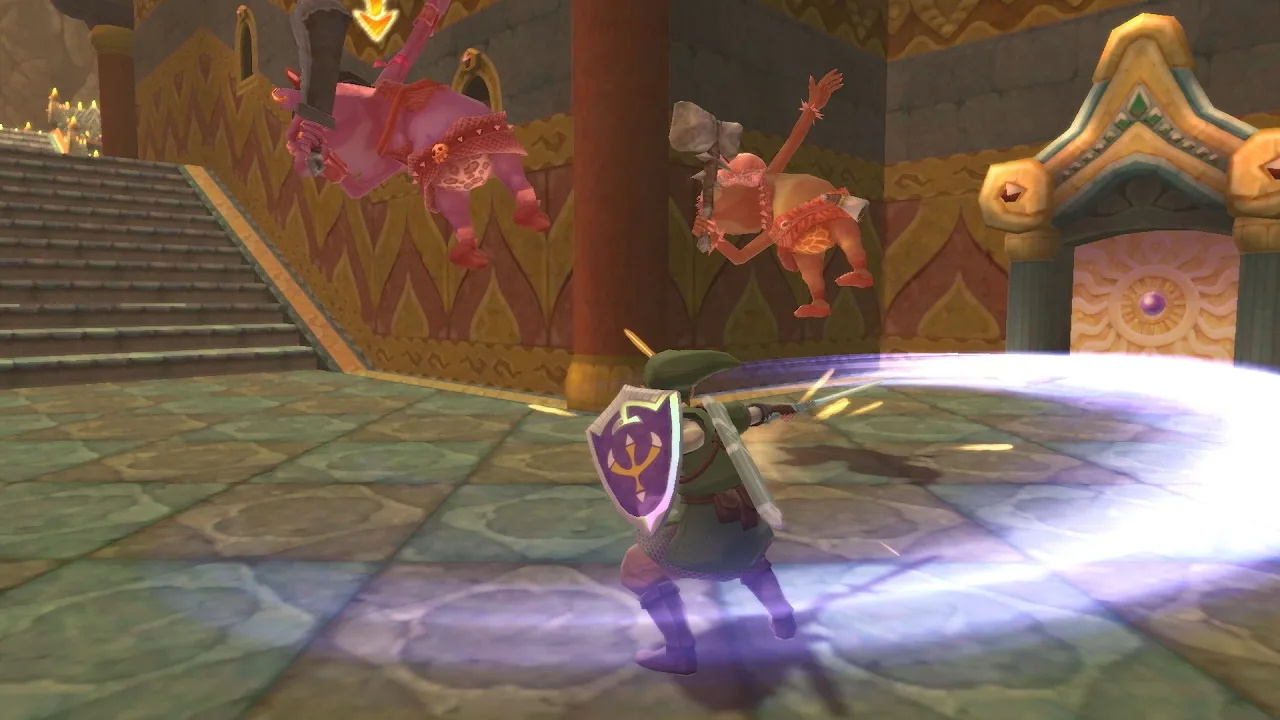
Granted, they’re usually still quite easy to defeat and don’t attack very much, but the innovation is there. For every bit of backtracking or puzzlling that exists only to justify creating another tool, there’s a unique dungeon tied in with an NPC or an unusual side quest that lingers long after it’s been finished
Then there are the dungeons, which are as innovative as BOTW’s shrines in their own way. Instead of the expansive affairs previous Zelda games perfected, Skyward opts for smaller layouts packed with puzzles that end up being just as satisfying, if not more so, as you unravel how everything works.
Nintendo positioned Skyward Sword as Breath of the Wild’s mechanical predecessor thanks to features such as stamina and crafting, and some consider it proof the series was worn out and needed change. However, playing it after Breath of the Wild puts Skyward in a different light.
Sure, Nintendo could have been more daring with the changes it made, but Skyward isn’t just BOTW’s prelude. It’s a different vision for Zelda’s future, one built less around shoving a set number of gadgets into the game and more about giving the series a soul.
None of this erases Skyward Sword’s problems, but it does make dealing with them easier and, beyond that, means the game sticks with you long after you’ve saved the world once again.
The Legend of Zelda Skyward Sword Switch Review: The Bottom Line
Pros
- Full of life and soul
- Skyloft is a fantastic hub
- Memorable characters, clever dungeons, and beautiful soundtrack
- Innovative, even after Breath of the Wild
Cons
- Shallow motion-era gimmicks are still shallow gimmicks
- Too streamlined in some areas
- Backtracking for the sake of backtracking
The thing about Skyward Sword is the good outweighs the bad every time. Even if the annoying parts are right there in your face for a while, as it is with the Silent Realm every time, it’s easy to push through because there’s something better around the corner.
The main takeaway from my time with Skyward Sword is just how much potential the Zelda series has. Breath of the Wild is just one vision of how the franchise could evolve, but hopefully, Nintendo doesn’t let it be the only one. There’s still a lot to learn from Skyward Sword.
[Note: Nintendo provided the copy of The Legend of Zelda: Skyward Sword HD used for this review.]

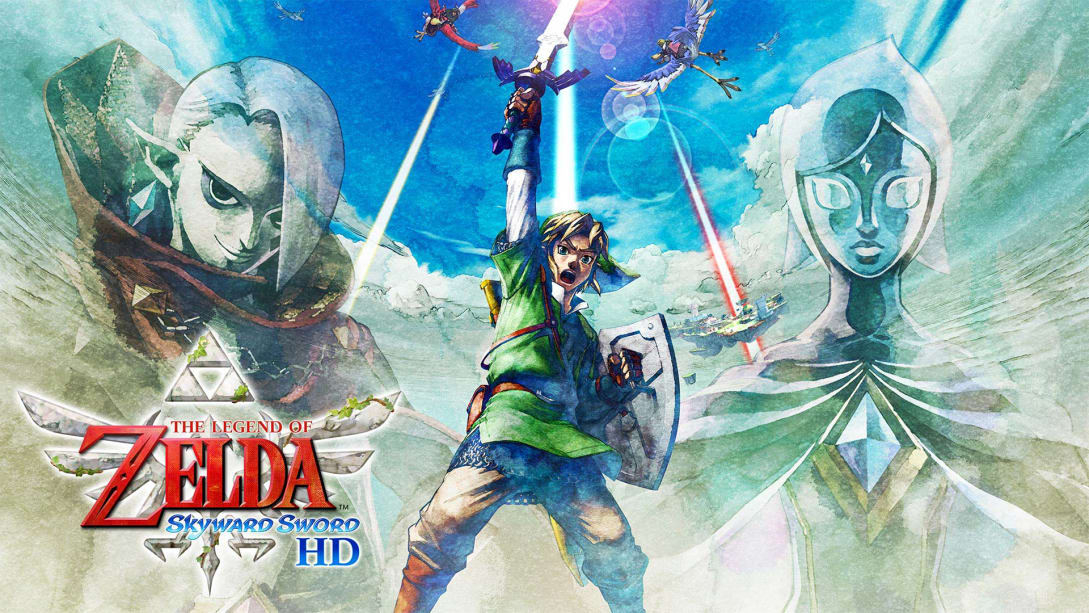
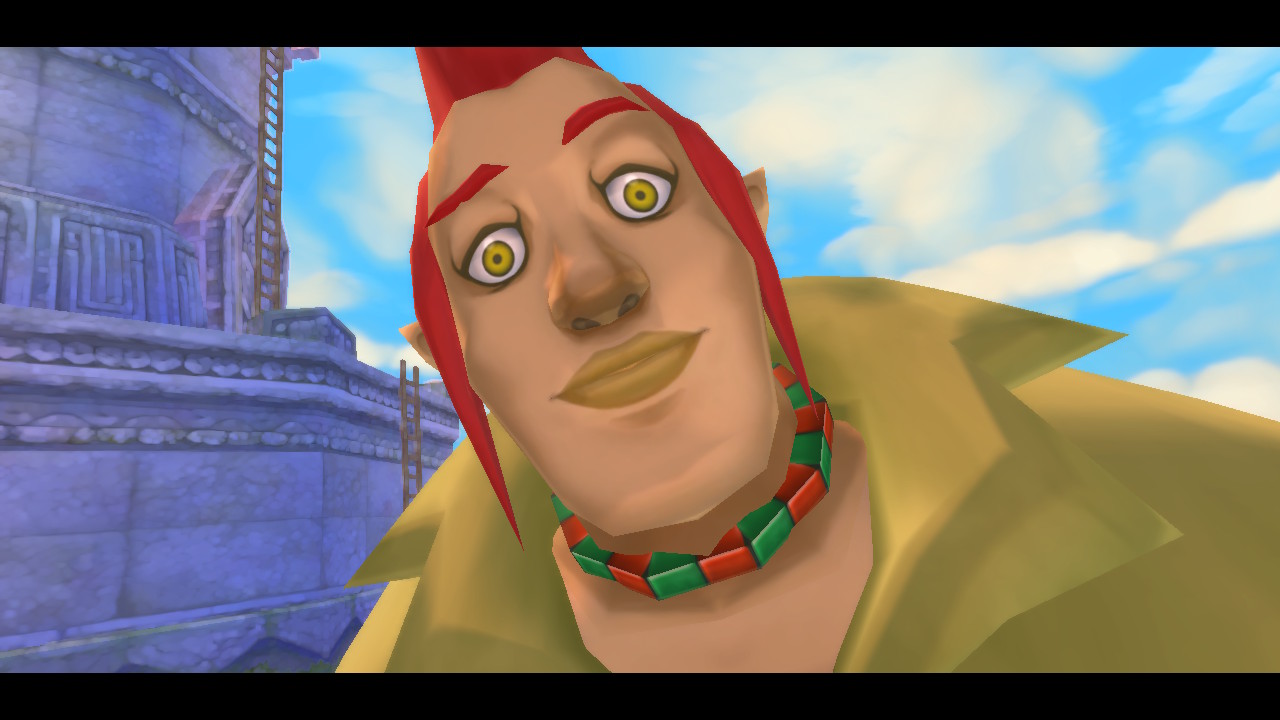
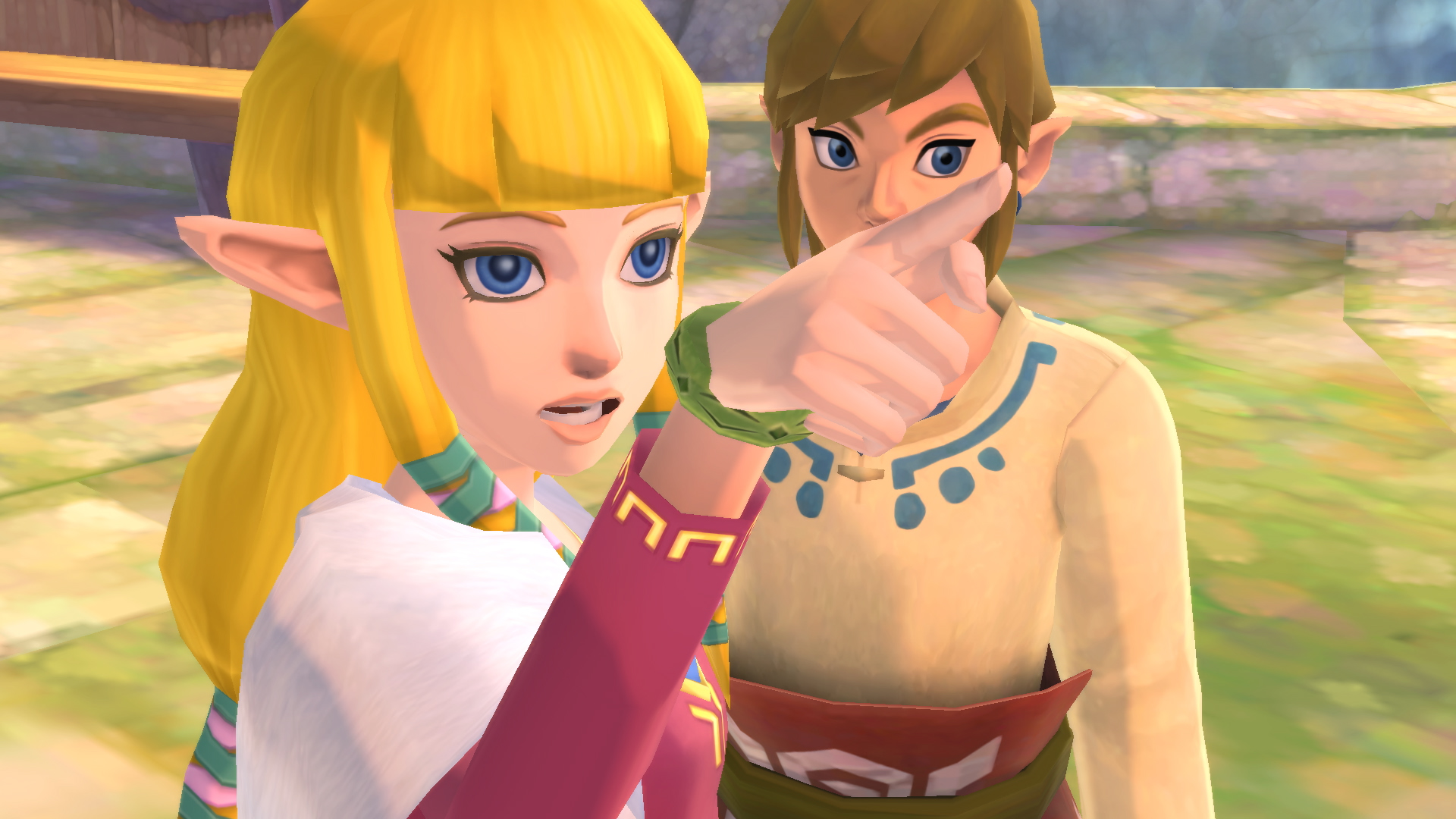





Published: Jul 23, 2021 02:29 pm